
Article
The Art of Money Laundering
The loosely regulated art market is rife with opportunities for washing illicit cash
IMF,
2019
Recommendation
Because the market for fine art and antiquities is secretive and largely unsupervised, it is a haven in which criminals can easily launder their ill-gotten gains – to the tune of an estimated $3 billion in 2018. In this concise and illuminating article, journalist Tom Mashberg paints a colorful picture of what is largely the last unregulated financial market in the world.
Summary
About the Author
Tom Mashberg is a syndicated journalist who writes about crimes in art and rare artifacts.
Learners who read this summary also read
Book
Book
Book
Book









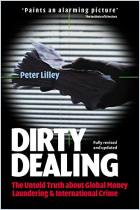
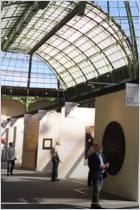
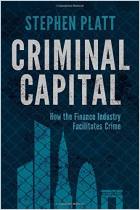
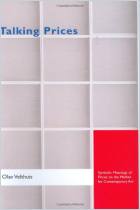
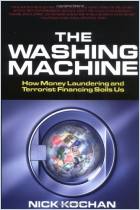
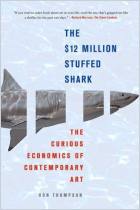


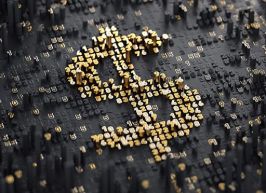





Comment on this summary